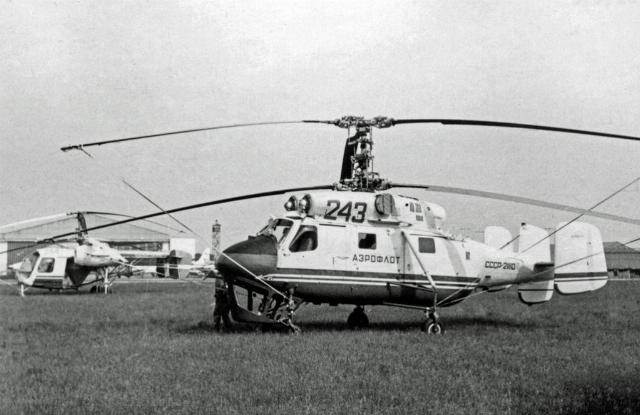Photo: Ulan-Ude Aviation Plant Ulan-Ude Aviation Plant (U-UAZ), celebrating its 85th anniversary on September 1, is a unique enterprise with competencies in the production of both aircraft and helicopters. Today, the equipment of the plant, which is part of the Rostec structure, is supplied to both Russian and foreign customers in more than 40 countries. The main activity of U-UAZ is the production and modernization of Mi-8/17 series helicopters.
The first stage of the plant, built in the Siberian taiga on the site of the Buryat ulus, was put into operation in 1939. The new company began with the repair of I-16 fighters and the production of the wing and center section of SB bombers. With the beginning of the Great Patriotic War, the Ulan-Udeans switched to the production of parts for the Pe-2 bomber, which was in great demand at the front. During the first year of the war, the factory workers sent 699 sets of fuselages and tailfins to the Irkutsk Aircraft Factory, where the legendary "pawns" were assembled.
Since 1942, the company has started full-fledged aircraft production. In wartime, these were models of the Lavochkin design bureau: La-5 and La-7 fighters. Despite the difficult conditions and the remoteness of the plant, it was possible to organize efficient production. These machines became the basis of the front-line Air Force during the Great Patriotic War.

La-9
After the war, the plant switched to the production of La-9 fighters and La-9UTI training aircraft. However, jet aircraft soon replaced piston fighters, and in order to learn how to work with them, the plant began production of MiG-15UTI training aircraft, which were produced throughout the 1950s.
In 1956, the company expanded its profile by starting production of helicopters. The plant was the first in the country to master the production of coaxial machines developed by Kamov, such as the Ka-15 and Ka-18. These helicopters helped in agriculture and worked in the fishing industry. In 1965, the plant began production of the Ka-25 deck model with gas turbine engines, which was used mainly to combat submarines.

Ka-25K
In parallel with helicopters, since 1961, the plant has been secretly producing Yak-25RV high-altitude reconnaissance aircraft designed to intercept similar enemy aircraft. These vehicles could climb to heights inaccessible to enemy anti-aircraft guns, and were equipped with a camera for perspective and planned filming.
In 1963, the aircraft factory began to develop the AN-24B turboprop passenger aircraft. This airliner became a symbol of the local airlines of the USSR and still flies. For the plant, the release of "Annushka" was an important step in the development of civil aviation technologies. Three cars were produced in Ulan-Ude per month, and the entire production cycle lasted from 14 to 16 months.
A landmark event for Ulan-Ude residents was the start of production of Mi-8 helicopters in 1970. This multi-purpose vehicle has become one of the most massive helicopters in the world: the plant has produced more than 4,000 "eights" of various modifications, and the helicopter continues to improve to this day. In 1971, including for mastering the production of the Mi-8, the plant received the Order of the Red Banner of Labor.

From 1977 to 1984, the plant produced the supersonic fighter-bomber MiG-27M with variable wing sweep. The transition to a new production required significant changes at the enterprise and the development of new technologies. MiG-27s were supplied to other countries, and U-UAZ also took part in the preparation of licensed production of machines in India.
In the 1980s, the plant began to cooperate with the Sukhoi Design Bureau, which launched the production of Su-25 attack aircraft. To prepare for flights on the Su-25, Ulan-Ude has been producing a two-seat Su-25UB and a deck-mounted Su-25UTG training aircraft since 1986, which is still used today for training take-off and landing on aircraft carriers.
Since 1991, Ulan-Ude has been producing the Mi-8AMT medium/heavy class helicopter, which is known as the Mi-171 in the export version. This helicopter is produced in various modifications, including transport, passenger, fire and sanitary versions.
Also in the history of the plant there were such important stages as the production of P5 cruise missiles for launching from submarines, adopted in 1959, and the manufacture of parts for the reusable Buran spacecraft.

Mi-171A3. Photo: Russian Helicopters
The Rostec enterprise approached the 85th anniversary with rich traditions, extensive experience and equally ambitious plans for the future. Currently, production of a new generation of helicopters, the Mi−171A3, has begun, designed to work over the sea and perform search and rescue operations. The plant is also implementing infrastructure projects, including the commissioning of a new flight test station building and the launch of a simulator for training Mi-171A3 crews.

